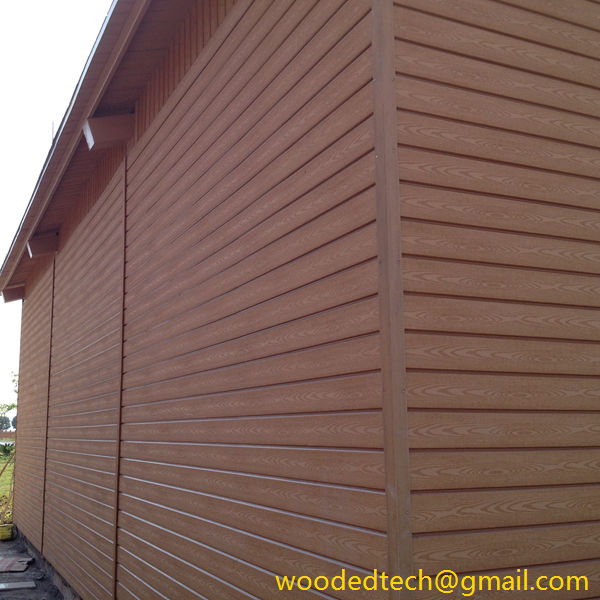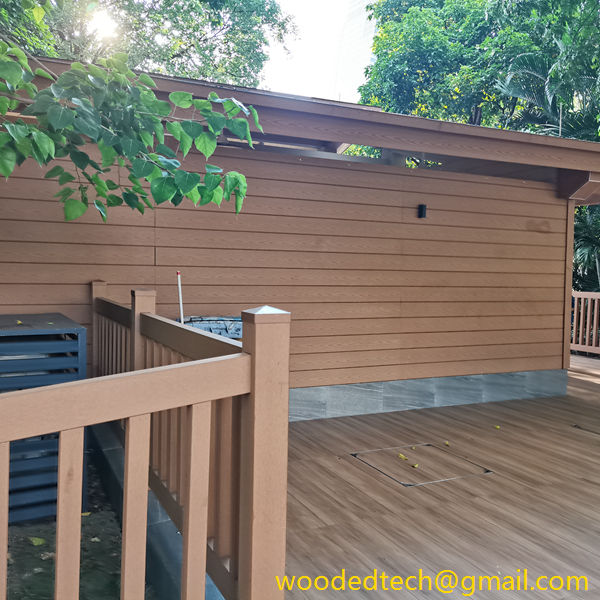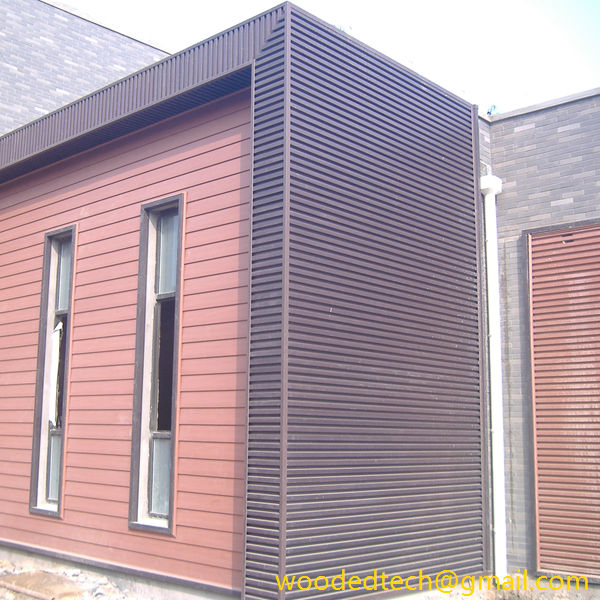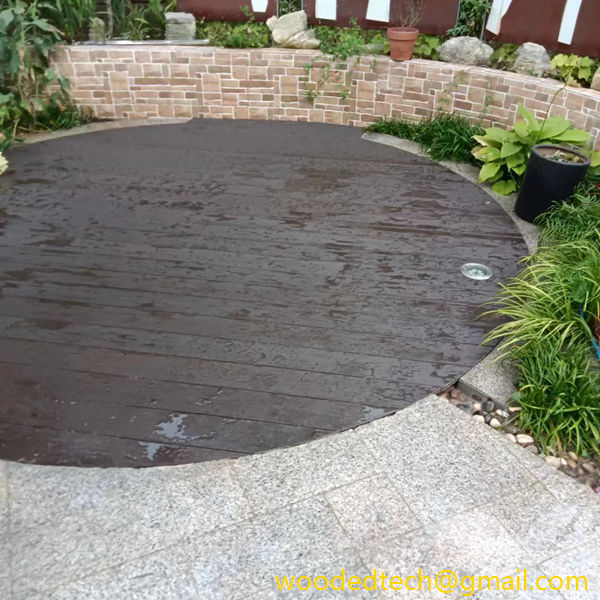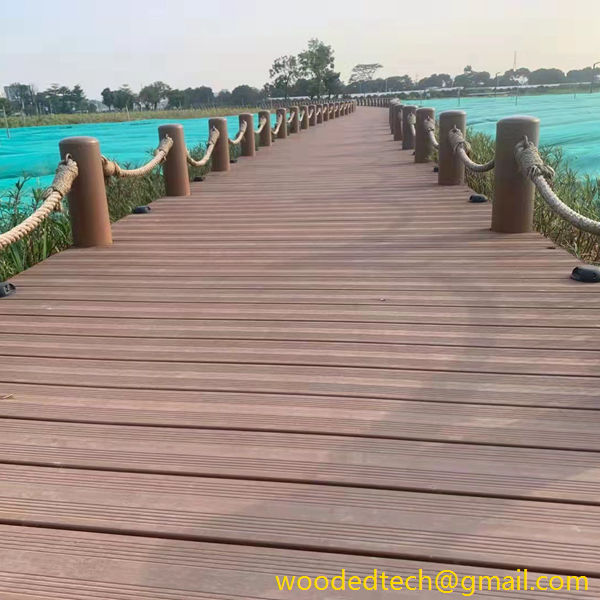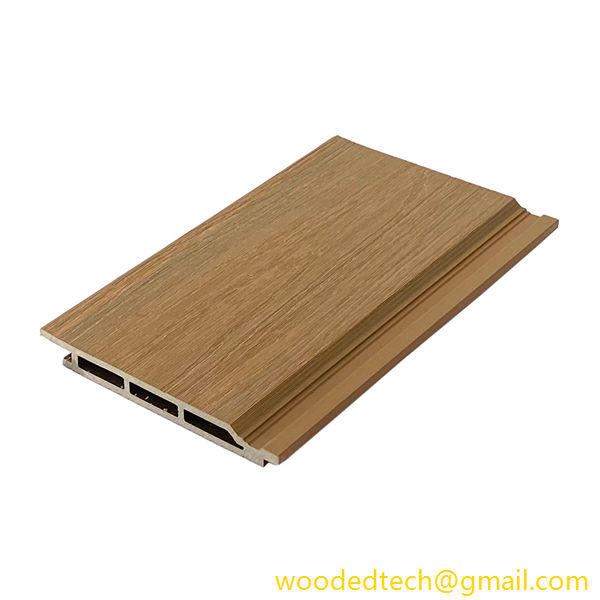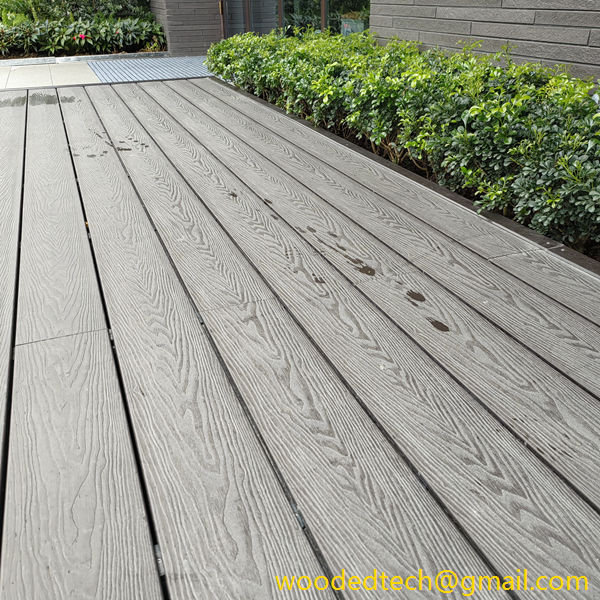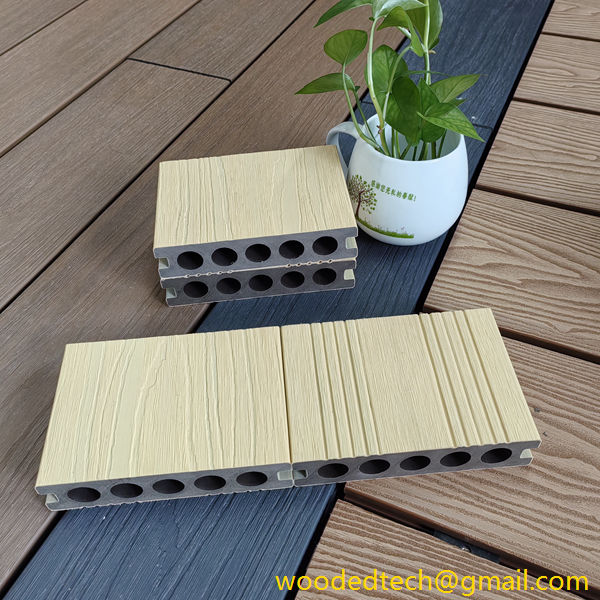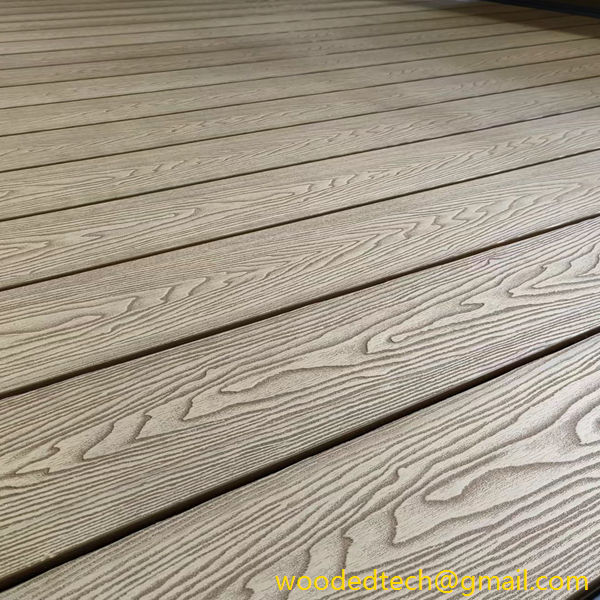Stylish Wood Plastic Composite Cladding for Modern Exteriors
Stylish Wood Plastic Composite Cladding for Modern Exteriors In the world of architecture and design, the materials used to finish a building can significantly affect its overall aesthetic and functionality. One material that has recently gained popularity for modern exteriors is Wood Plastic Composite (WPC) cladding. This innovative material combines the natural beauty of wood…
Stylish Wood Plastic Composite Cladding for Modern Exteriors
In the world of architecture and design, the materials used to finish a building can significantly affect its overall aesthetic and functionality. One material that has recently gained popularity for modern exteriors is Wood Plastic Composite (WPC) cladding. This innovative material combines the natural beauty of wood with the durability and low maintenance of plastic, resulting in a product that meets the demands of contemporary architecture while offering a stylish finish.
WPC cladding is made from a blend of wood fibers and recycled plastic. This combination creates a product that not only mimics the appearance of traditional wood but also provides enhanced durability and resistance to various environmental factors. Unlike natural wood, WPC does not warp, crack, or splinter, making it ideal for exterior applications where exposure to the elements is a concern. This durability ensures that the cladding maintains its appearance over time, requiring less frequent replacement and repair.
One of the most appealing aspects of WPC cladding is its versatility in design. Available in a wide range of colors, textures, and finishes, it can fit seamlessly into various architectural styles, from contemporary homes to more traditional designs. The ability to customize the appearance of WPC cladding allows homeowners and architects to create unique exteriors that reflect their individual tastes and preferences. Whether you are aiming for a sleek, modern look or a rustic, natural feel, WPC cladding can help achieve your vision.
Another significant advantage of WPC cladding is its eco-friendliness. As it is made from recycled materials, it represents a sustainable choice for environmentally conscious consumers. The use of WPC can help reduce deforestation and minimize waste, making it a responsible alternative to traditional wood cladding. Additionally, many manufacturers of WPC products are committed to sustainable practices, ensuring that the entire production process is as eco-friendly as possible.
In addition to its aesthetic and environmental benefits, WPC cladding offers practical advantages as well. One of the most notable is its low maintenance requirements. Traditional wood cladding often requires regular staining, sealing, and painting to preserve its appearance and prevent deterioration. In contrast, WPC cladding typically only requires occasional cleaning with soap and water to maintain its look. This ease of maintenance can save homeowners both time and money, making WPC an attractive option for busy lifestyles.
WPC cladding also provides excellent insulation properties, contributing to energy efficiency in modern homes. By reducing heat transfer, WPC can help maintain a comfortable indoor temperature, potentially lowering heating and cooling costs. This aspect is especially important in today’s market, where energy efficiency is a priority for many homeowners and builders. The combination of aesthetic appeal, low maintenance, and energy efficiency makes WPC cladding a smart choice for modern exteriors.
When considering the installation of WPC cladding, it is important to note that it can be easily integrated into various building systems. WPC is lightweight and can be cut and shaped like traditional wood, making it a straightforward material for contractors to work with. Additionally, the interlocking systems available with many WPC products can facilitate a quicker installation process, reducing labor costs and project timelines.
Safety is another consideration when choosing materials for building exteriors. WPC cladding is designed to be fire-resistant, offering an added layer of protection. Many WPC products meet or exceed fire safety regulations, making them a suitable choice for areas prone to wildfires or other fire hazards. This aspect adds to the overall value of WPC cladding, as it provides peace of mind for homeowners and builders alike.
As trends in architecture evolve, the demand for innovative and sustainable building materials continues to grow. WPC cladding represents a response to this demand, offering a stylish, durable, and environmentally friendly option for modern exteriors. Its ability to blend seamlessly with various design styles, combined with its low maintenance requirements and other practical benefits, makes it a standout choice for both new constructions and renovations.
In conclusion, the richness of Wood Plastic Composite cladding lies in its multifaceted advantages. It harmonizes the beauty of natural wood with the resilience of synthetic materials, creating a product that is as functional as it is attractive. With its customizable designs, eco-friendly production, low maintenance needs, and excellent insulation properties, WPC cladding has established itself as a key player in modern architectural design. As homeowners and architects seek to create beautiful, sustainable, and efficient spaces, WPC cladding stands out as a material that meets these needs while enhancing the overall appeal of any building exterior. Embracing this innovative solution can lead to stunning results, allowing for the creation of exteriors that are not only stylish but also practical and enduring.

